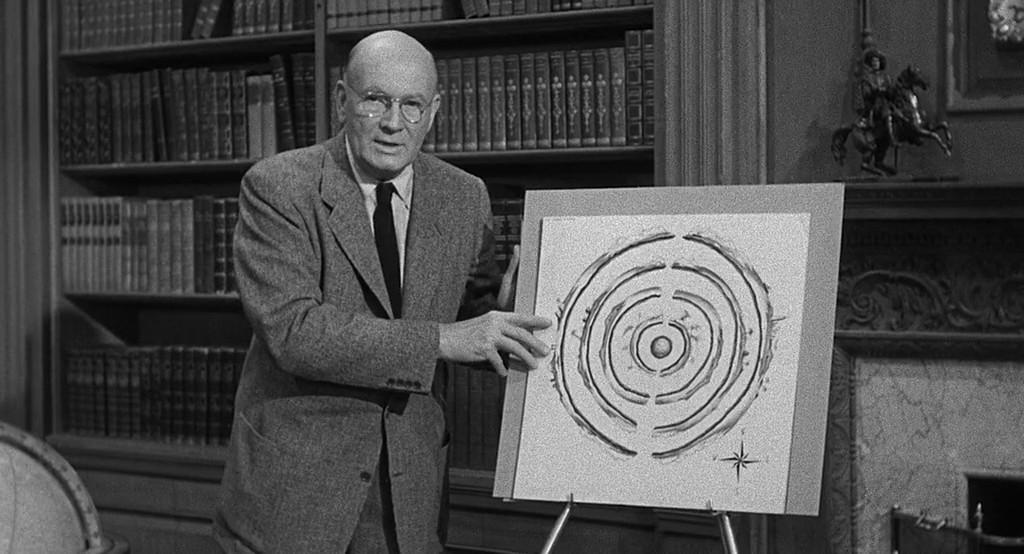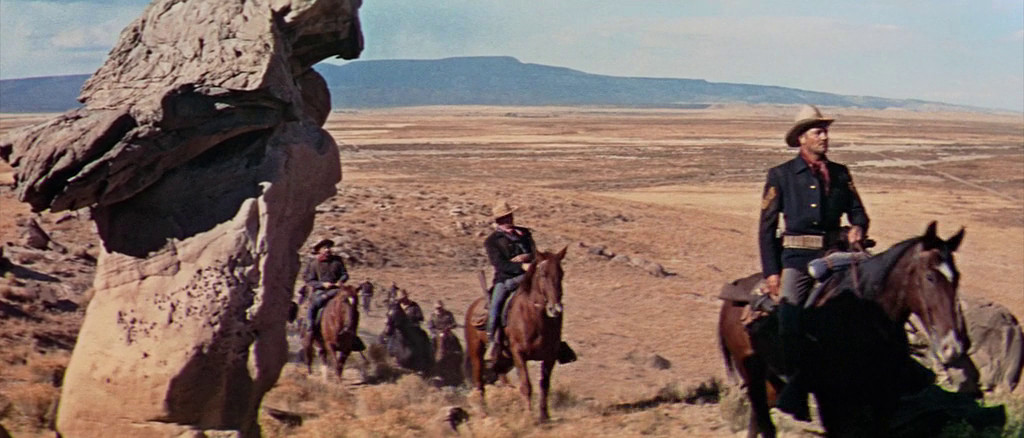Director: Virgil Vogel
Writers: Laszlo Gorog
Stars: John Agar, Cynthia Patrick and Hugh Beaumont
 |
Index: 2021 Centennials.
I have to admit that The Mole People surprised me. Sure, some of that was because I had memories of watching this colour Universal monster movie, memories which turned out to be of something else entirely that I can’t figure out, as this is emphatically black and white. A large part is because of how it unfolds, because, while it’s often the poorly researched B-movie nonsense I expected, with a heck of a lot of ancient Egyptian iconography populating a supposedly Sumerian story, but there’s actually a lot of thought given to science in something I’d classify more as fantasy than science fiction. Most of all, though, it was the introduction that surprised me, because I’m used to the “scientists” gushing forth in them about whatever subject is to come having even fewer credentials for that role than the actors playing the parts they were paid to interpret. Maybe I’ve seen too many pseudo-educational flicks by showmen like Dwain Esper and Kroger Babb and far too much Criswell. But this introduction is by someone who’s really a big deal.
His name is Frank C. Baxter and he’s introduced as the Professor of English at the University of Southern California that he actually was. His spiel is pure Forteana, explaining to us that we know so much about the surface of our world and that we’ve reached out to the stars but we know very little about what might be hiding beneath our feet. “What’s inside this globe?” he asks us, launching into swift explanations of Victorian Hollow Earth theories by people like Cyrus Teed and John Cleves Symmes, Jr. The former suggested that we don’t live on the surface of our planet at all but inside it, with the heavens a giant sphere, the sun a gigantic battery and the stars mere refractions of its light. The latter believed that there are five concentric spheres inside our planet, each habitable and lit by the one above, with light getting in through giant holes at each of the poles, surely entranceways for us to visit our subterranean brethren within our Hollow Earth. These theories are pseudoscientific nonsense, of course, but Baxter is no pseudoscientist.
 |








